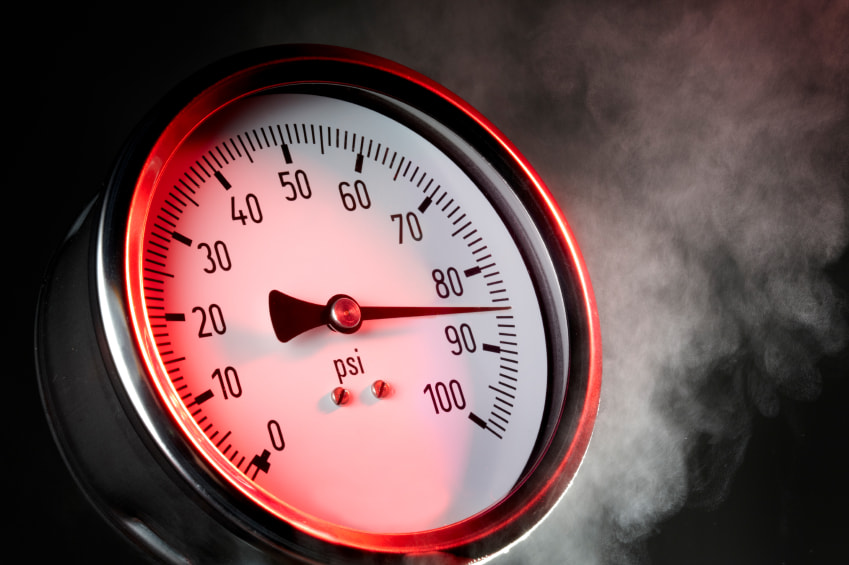What Is the Difference Between Superheated Steam and Saturated Steam?
The difference between superheated steam and saturated steam lies in their thermodynamic state. Saturated steam means that under a certain pressure, liquid and gas exist in an equilibrium state at the same time. In this state, the liquid will continue to evaporate and the gas will continue to condense until the two reach a dynamic equilibrium. At this time, the temperature and pressure of the steam are fixed, which are called saturation temperature and saturation pressure.
Superheated steam is formed when the saturation temperature is exceeded. In this state, the temperature and pressure of the steam are no longer fixed, but increase with the increase of heat. Superheated steam has higher thermal energy and heat capacity, so it is widely used in industry and energy fields.

In the saturated steam state, the concentration of water molecules in the steam is the highest, because all water molecules have been converted into steam. On the contrary, superheated steam is steam generated by continued heating in the saturated steam state. In this case , the temperature of the steam is higher than the saturation temperature, and the content of water molecules in the steam is relatively low. Superheated steam can be generated by increasing the pressure of the water vapor, or by heating the water vapor.
In layman’s terms:
1. When water is heated to boiling under a certain pressure, the water begins to vaporize and gradually turns into steam. At this time, the temperature of the steam is equal to the saturation temperature. Steam in this state is called saturated steam.
Water under a certain pressure corresponds to a saturation temperature. This temperature is related to the amount of pressure it is subjected to. The greater the pressure, the higher the saturation temperature; conversely, the smaller the pressure, the lower the saturation temperature. For example, when the pressure is 0.10MPa (1atm), the saturation temperature is 99.09°C; when the pressure is 4.05MPa (40atm), the saturation temperature is 249.18°C; when the pressure is 10.13MPa (100atm), the saturation temperature is 309.53°C .
2. If the saturated steam continues to be heated, its temperature will rise and exceed the saturation temperature under this pressure. This kind of steam that exceeds the saturation temperature is called superheated steam.
The differences between superheated steam and saturated steam also include the following aspects:
1. Temperature and pressure: The temperature and pressure of saturated steam are fixed, while the temperature and pressure of superheated steam increase with the increase of heat.
2. Thermal energy and thermal capacity: Superheated steam has higher thermal energy and thermal capacity, so it is widely used in the energy and industrial fields.
3. Stability: Since the temperature and pressure of saturated steam are fixed, they are more stable, while superheated steam is more prone to dangerous situations such as explosions.
4. Application scope: Saturated steam is mainly used in basic fields such as heating and energy conversion, while superheated steam is widely used in high-end fields such as power generation, petrochemicals, and pharmaceuticals.
Superheated steam has a wide range of applications in industry and energy. For example:
1. In thermal power plants, superheated steam is used to drive turbines to generate electricity, and its high energy can be converted into more mechanical energy;
2. In the petrochemical industry, superheated steam is used to heat reactors, distillation towers, dryers, etc. because its temperature and pressure are stable and easy to control.
At the same time, because superheated steam has higher requirements on materials, the use of superheated steam requires a large heat exchange area. Because heating mainly uses the latent heat of condensation of steam, a large heat exchange area is needed to cool the superheated steam into saturated steam. This Some area is wasted. According to actual experience, if the superheat degree increases by 2°C, the heat exchanger needs to increase the heat exchange area by 1%. It is generally not recommended to use superheated steam with a superheat degree exceeding 10°C, mainly because the heat exchange area is disproportionate and economical, and it can easily cause equipment scaling and damage.

Comments
0